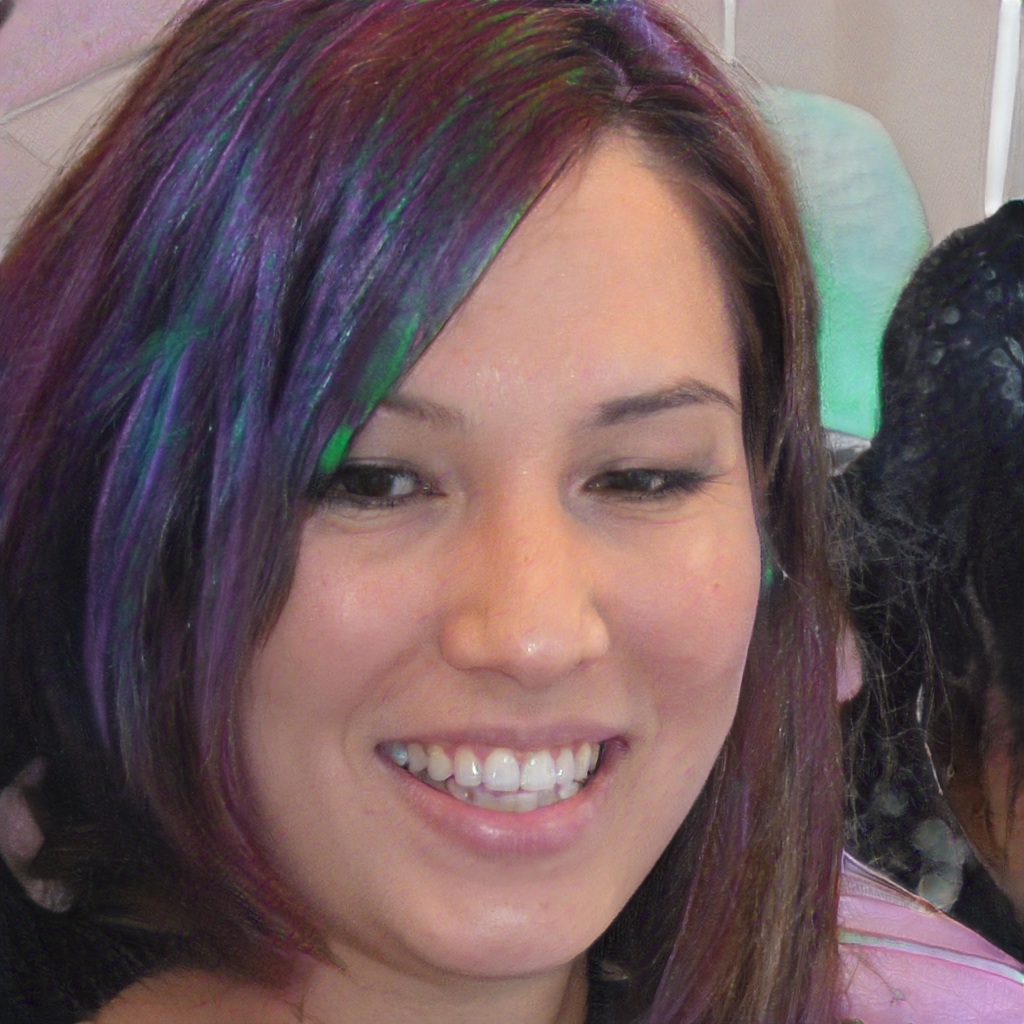A project involving ENEA and ASI aims to create even more efficient space gardens for the physical and psychological wellbeing of astronauts
Feuerbach used to say, we are what we eat. Can the same be said of astronauts? Can their diet make us understand that their job is to travel in space and float among the stars? The SOLE project developed by ENEA (National Agency for New Technologies, Energy and Sustainable Economic Development), ASI (Italian Space Agency) and G&A Engineering wants to make even healthier the food of astronauts with a curious initiative that deserves to be deepened. The space gardens are the new frontier of nutrition in the cosmos: in a nutshell, thanks to high-tech LED lighting systems, the gardens in question would allow the cultivation of micro-meals without problems.
The diet of astronauts would therefore be supplemented with valuable foods and able to make the participants in the various space missions work better. The main objective will be to search for combinations of various Led, so that the plants of these special gardens produce bioactive substances, all through a fully automated system. The human intervention, then, will be reduced to a minimum, avoiding any manipulation and remotely controlling the growth of zucchini, tomatoes, peppers and anything else. But what exactly are the most suitable vegetables to grow in space? The question has not yet a definitive answer for a very precise reason.
The vegetables to be grown in space
Much will depend on the nutritional needs of each individual astronaut and especially the way in which the various plants will be able to adapt to unusual conditions. The environment will in fact be artificial and, after examining every aspect of cultivation, the chosen vegetables will be discovered. There is the belief that fresh and healthy food is the basis of the physical and mental well-being of astronauts, maybe someone will puff for a soup or a vegetable soup too much, but it will all benefit his body. La tecnologia dei Led non sarà, tra l’altro, utile soltanto per gli orti spaziali, visto che si sta pensando ad altre applicazioni tipicamente terrestri e da replicare nello spazio.
Peperoncini e non solo
La priorità rimane comunque quella di trovare delle tecniche di coltivazione alternative a quelle tradizionali che avvengono sulla Terra, per capire se il sapore sarà lo stesso bisognerà però ancora attendere del tempo. Non è la prima volta che la passione per gli orti e per i prodotti che la natura ci offre fa capolino tra le stelle. Qualche tempo fa ha destato una certa curiosità l’esperimento della Nasa in cui le assolute protagoniste sono state niente meno che delle piante di peperoncino.
Sull’ISS si mangerà speziato e piccante grazie ai 48 semi inviati in orbita lo scorso mese di aprile.
Peperoncini rossi e verdi, ma non solo: qualche anno fa, la stessa Stazione Spaziale Internazionale ha ospitato lattughe, cavoli, bietole e persino piante ornamentali. For longer duration missions, these projects play a central role. In particular, there are persistent thoughts of a trip to Mars with vegetables in profusion to "pop up" on the tables of astronauts at lunch and dinner. After all, as an old proverb says, a plate of vegetables prepared with love is better than a fat ox full of hate.
Simone Ricci
